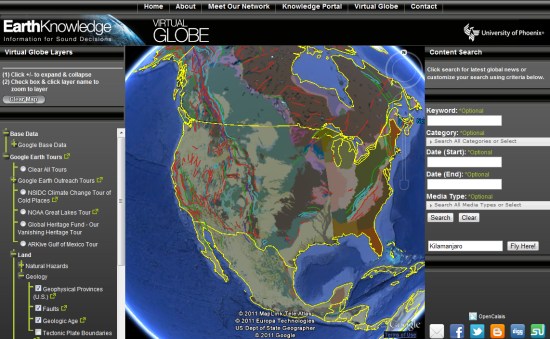
By Alexandra Levich, Product Manager
Cross-posted from the Chromium Blog
We recently expanded the reach of the Chrome Web Store from the U.S. to 24 more countries. Developers from around the world have already launched successful apps in the Chrome Web Store to US users. Now all developers can reach a global user base.
What makes this global reach even more interesting is the global payments infrastructure that goes along with it. The store allows developers from 20 countries to sell apps in the store, and users to buy apps in their local currency. We also recently launched the In-App Payments API, which allows developers (U.S.-only for now; international soon) to sell virtual goods in their apps. Integration is easy and transaction fees are only 5%. Graphicly, an early user of in-app payments, saw its net revenues double after starting to use the API and experienced an even bigger rise in profit margins due to increased conversions and lower transaction fees.
In keeping with our international theme, we’d like to highlight a few developers from different parts of the world who have utilized Chrome’s global reach to find success in the store:
- Audiotool is an online music production app that was built by a team of German developers. They saw the Chrome Web Store as a way to present their app to an international audience. Audiotool’s traffic increased by 20% after launching in the store, and this motivated the team to release another app in the store.
- Psykopaint is the brainchild of French developer Mathieu Gosselin. The Chrome Web Store provided Mathieu an opportunity to get his photo painting app noticed outside of France. Traffic to Psykopaint has jumped by 700% since it launched in the store and Mathieu has found that Chrome Web Store users tend to be more engaged than other users.
- Finally, Nulab, a Japanese company, launched its online diagramming app, Cacoo, in the store to expand its user base outside Japan. In just a few months after Cacoo was released in multiple languages in the Chrome Web Store, the app already accounts for 20% of Cacoo’s user base.
The experience of Audiotool, Psykopaint and Nulab shows that no matter where you’re located, you can always find a global audience for your applications in the Chrome Web Store. To learn more about the stories of these and other successful Chrome Web Store developers, read our case studies. And if you want to find out more about posting your app in the store, visit our documentation at code.google.com/chrome/webstore.
Alex Levich is a product manager working on Chrome Web Store.
Posted by Scott Knaster, Editor


